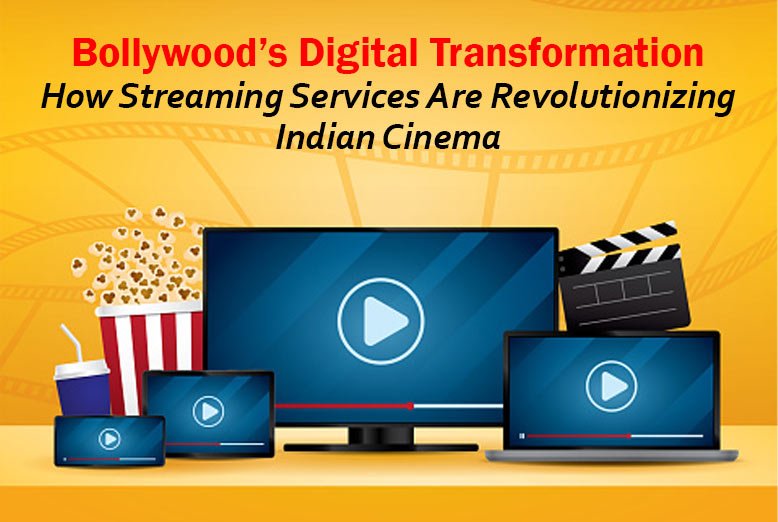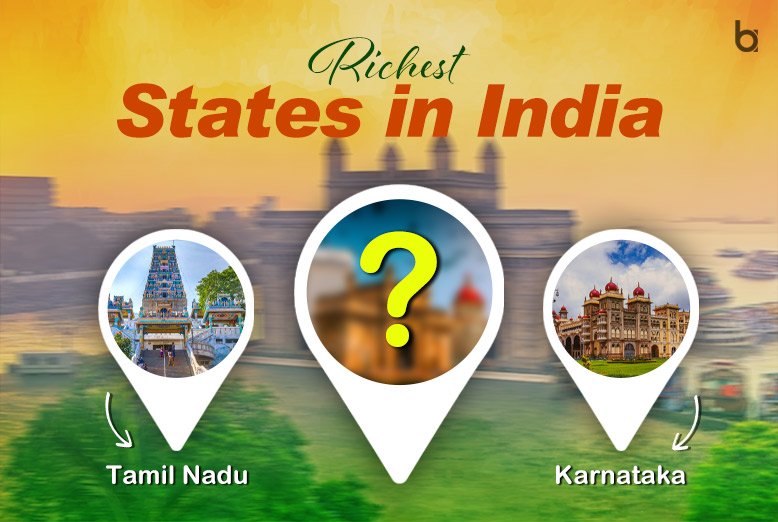Bollywood is the largest film industry in the world. Rooted in Mumbai city, it has been a cornerstone of Indian culture and entertainment for decades. Indian cinema has a long and very enthusiastic audience base not only in India but all over the world too.
Nevertheless, Bollywood has experienced an immense change over the past several years. It is primarily connected to the emergence of digital streaming platforms. It has changed the way movies are made, different rights are bought and sold, and movies are watched. This change, however, is not only revamping the traditional Indian media. It is also changing the media ecology in a more far-reaching sense across the Asia-Pacific region.
The Rise of Streaming Platforms:
This significant shift in the film industry is because of the rise of streaming services. These streaming sides have quickly changed the way the Bollywood industry works. Netflix, Amazon Prime Video, HBO Max, and Disney+ Hotstar has revolutionized how the audience consumes movies and shows.
In the last decade, if you wished to watch a film, you needed to purchase a movie ticket and go to the theatre. If you were unable to get the ticket then you would be left with no option. That was a rather conventional way of doing things. Now though, all you need to do to view any film or show is to sign up for any of the streaming services that have a lot of movies. It’s great these things can all be controlled from within the vicinity of your house by just a push of a button. Because of this, Bollywood has been able to step out from just being confined to India, its country of origin to capturing the whole world’s audience.
These platforms have also introduced a new model for how movies are released. Rather than cinema releases, a lot of recent movies have directly debuted on these streaming platforms. Completely bypassing cinemas altogether. The implementation of this new model was a lifeboat for the film industry during the COVID-19 pandemic.
Impact on Distribution and Consumption:
The distribution of Bollywood films has also been affected by this new integration into the industry. Traditionally, these films involved a complex network of theatres, marketing campaigns and distributors. Now, streaming platforms allow the direct release of a film on the platform with minimal logistical challenges. This has opened doors for this industry allowing a chance for a new audience to consume the movies. Movies that otherwise wouldn’t have made it to the broader audience.
Along with distribution, the consumption of these movies has also been highly affected. Audience now prefers on-demand content which offers flexibility to watch at their own pace. This influences how the audience engages with the content as well. Social media platforms play a huge part in the promotion of these movies. Audiences discuss these movies online which has created a new globalized fan culture and experience.
Diversity in Content:
The global demand for original content, not remakes of old movies, on streaming platforms has led to a few innovations. It has led filmmakers to experiment with new genres, formats and storytelling techniques. Streaming platforms are known for their willingness to invest in unconventional projects. This has paved the way for films that usually would not have a place in the traditional Bollywood cinema.
This collaboration of Bollywood with streaming services has resulted in exclusive content. This content has not just increased the popularity of Bollywood, but also promoted cross-cultural exchange. It brings together different people; artists, singers, actors, and directors from around the world.
There are a lot of examples of successful investments from streaming services in Indian cinema. Platforms like Netflix, Walt Disney Company and Amazon Prime Video. Successful shows like Sacred Games, Mirzapur, Delhi Crime and Little Things are amongst the most popular.
Impact on the APAC Media Landscape.
The digital evolution of Bollywood cinema has not influenced only its nation. No, as a ripple effect, it has also changed the APAC media landscape bolstered by the digitalisation of Bollywood movies. A lot of countries are advancing their digital content strategy. Because of the success of the global streaming services and the money they have been injecting into the Indian film market.
Countries like Japan, China, and South Korea have seen a fixed increase in investments by expanding their digital environment. That, of course causes investment in Netflix’s content from the streaming behemoth. All this is done to meet the consumers’ requirements which rose due to the reverse evolution of conventional Bollywood cinema.
Just like how Bollywood is welcoming the changes by way of streaming the services, the Luxury brands are also treading the same stage. For instance, there is the Luxury brand Hermes which has been struggling to increase the attention of the end consumers to the brand using digital platforms. With how the streaming platforms have completely transformed the classical cinema and offered the viewers a new perspective of consuming the content. Hermes has been utilizing its platform to inform about its products and what exactly distinguishes the real Hermes from a fake one.
Challenges in the Face of Digitalisation:
Despite the increase in demand, the digital transformation of Bollywood faces several challenges. Issues related to piracy and regulatory hurdles arise. Moreover, the competition with not just local but international content creators also increases. Adding the huge amount of existing content on these streaming sites has led to the increased need for differentiation.
The Future of Bollywood:
Keeping up with the times is essential for every industry. Not evolving with the world is only going to be a hurdle in the success path. Following the latest trends in the digitalising industry, there’s a need to stay relevant in modern times. As Bollywood continues to evolve, streaming platforms and traditional cinema are likely to become the norm.
Global Reach:
The nexus formed by these sites along with Bollywood has put in a wider outreach. An outreach that wasn’t enjoyed by Bollywood in its last decades. Movies which wouldn’t have been released overseas can now be made available to any audiences around the world. The reach of Bollywood is enhanced. Take for example; it was rather daunting for conventional systems of dissemination to enter markets like South America, Africa and Eastern Europe. But with the digitization of the industry, these can be done rather easily.
Increased Revenue Opportunities
Such streaming services operate based on subscriptions. One has to pay some money which is the platform suppose a monthly payment and make some earnings for the unlimited benefits. Such models based on subscriptions guarantee a smooth supply of revenue inflow for Bollywood content for as long as they are subscribed to.
Conclusion:
In conclusion, the effect of digitization on Bollywood is undeniable. Major changes have occurred. Such as global exposure, innovative content, international relations, and new revenue streams. It has also given young and emerging talent a chance to shine on these platforms. As streaming services keep evolving, Bollywood’s ability to adapt and be creative will likely decide its ongoing success and influence in the years to come
Also Read: How to Ensure Your IPTV Subscription Offers Reliable Streaming















